Storm Restoration Timing and Planning
Conducting inspections immediately after a storm helps identify damage early, allowing for timely repairs before issues worsen.
Performing restorations during mild weather seasons minimizes delays caused by adverse conditions like rain or snow.
Clear weather periods provide safer and more efficient conditions for restoration work, ensuring quality results.
Understanding local storm patterns can guide scheduling to ensure restorations occur at the most advantageous times.

Assessment of storm damage is crucial immediately after severe weather events.

Quick response to storm damage helps prevent further issues.

Mild weather ensures better restoration outcomes.

Ways to make Storm Restorations work in tight or awkward layouts.
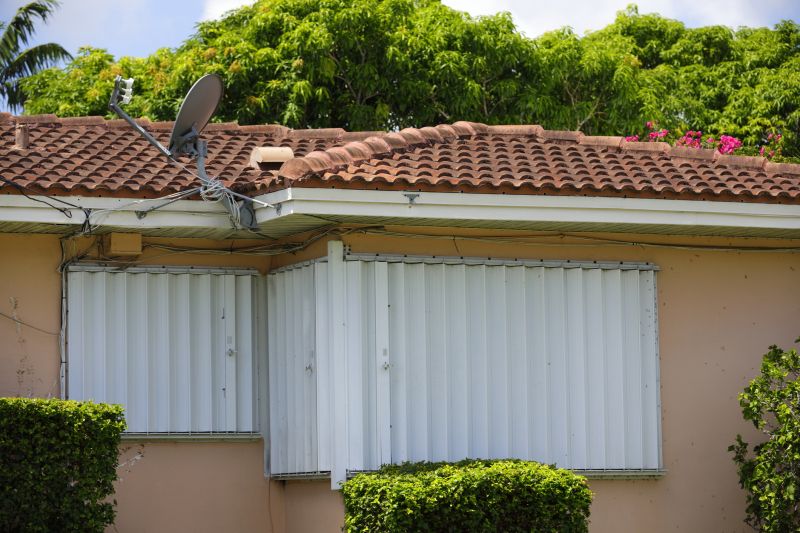
Popular materials for Storm Restorations and why they hold up over time.

Simple add-ons that improve Storm Restorations without blowing the budget.
| Factor | Impact on Timing |
|---|---|
| Storm Severity | Severe storms require immediate attention to prevent structural hazards. |
| Weather Conditions | Clear, dry days are ideal for safe and effective repairs. |
| Material Compatibility | Certain materials are best installed during specific weather conditions. |
| Regional Climate | Local weather patterns influence optimal restoration windows. |
| Storm Seasonality | Restorations are often prioritized during off-peak storm seasons for efficiency. |
| Damage Extent | More extensive damage may necessitate longer planning and scheduling. |
| Resource Availability | Availability of skilled labor and materials can affect timing. |
| Safety Considerations | Ensuring safe working conditions may delay or accelerate restoration schedules. |
Storm restorations involve repairing and restoring properties damaged by severe weather events such as high winds, hail, and heavy rain. Proper timing is essential to ensure the structural integrity and safety of the affected property. Prompt action can mitigate additional damage, reduce repair costs, and restore property value efficiently.
Statistics indicate that addressing storm damage within the first few days significantly decreases the risk of secondary issues like mold, rot, and structural failure. Planning restorations during favorable weather windows enhances the quality and longevity of repairs, ensuring properties withstand future storms more effectively.
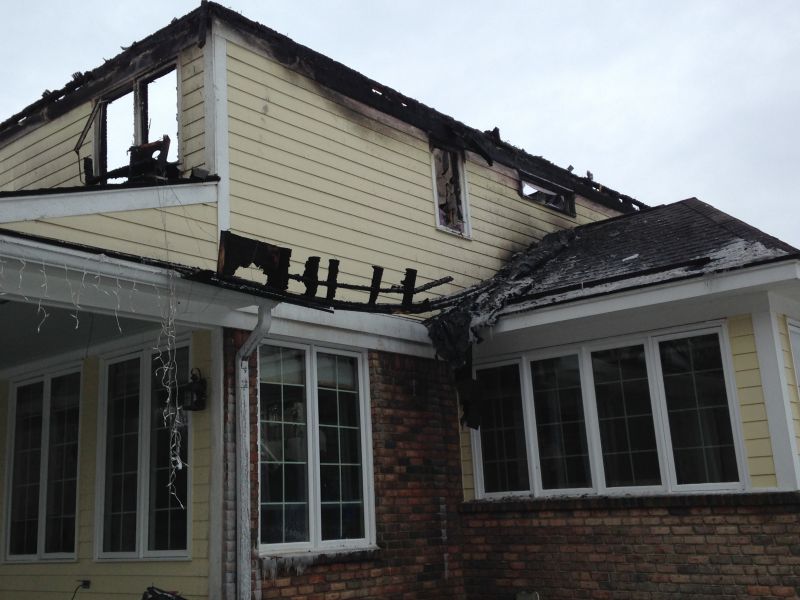
Restoring properties promptly after storms is essential for safety and durability.

Choosing the right timing ensures effective repairs and material performance.

Timely restoration helps return properties to pre-storm condition.
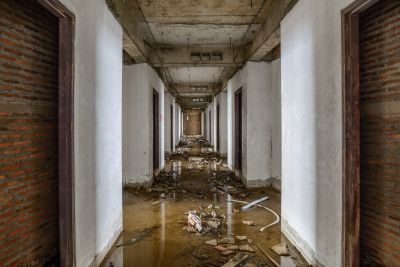
Early intervention minimizes further damage and costs.
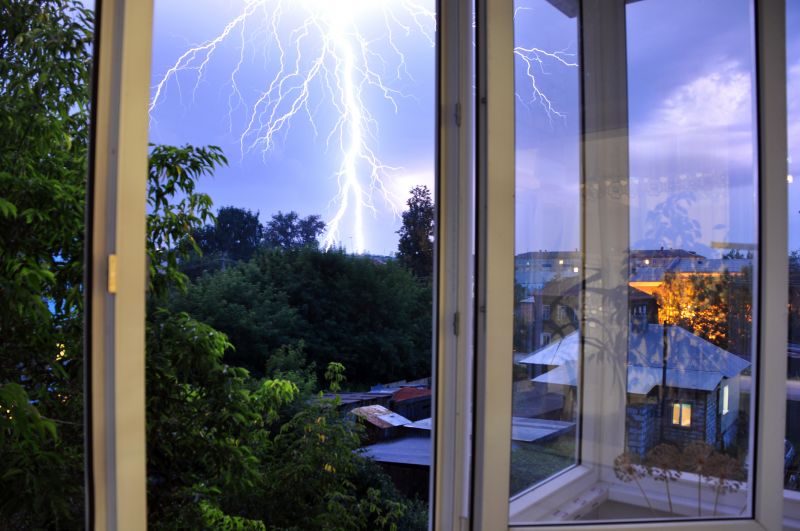
High-end options that actually feel worth it for Storm Restorations.

Finishes and colors that play nicely with Storm Restorations.
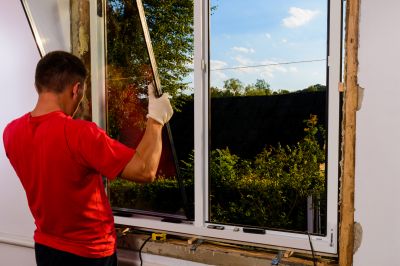
Little measurements that prevent headaches on Storm Restorations day.

A 60-second routine that keeps Storm Restorations looking new.
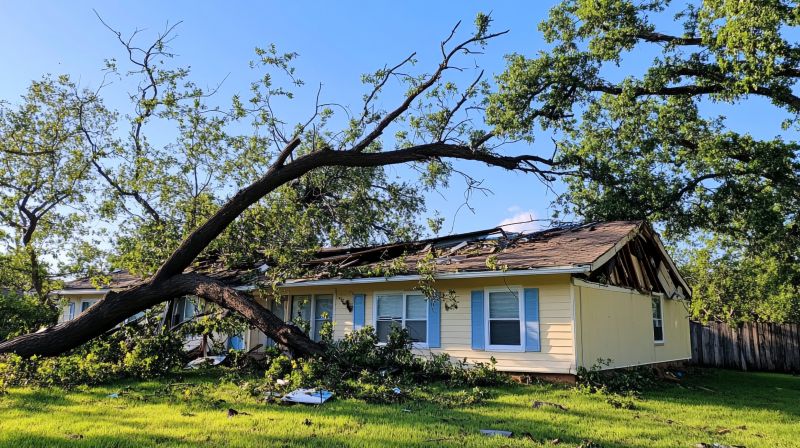
A frequent mistake in Storm Restorations and how to dodge it.

Small tweaks to make Storm Restorations safer and easier to use.

Lower-waste or water-saving choices for Storm Restorations.

The short, realistic tool list for quality Storm Restorations.
Individuals seeking storm restoration services are encouraged to contact for assessments and scheduling. Prompt responses to storm damage can help maintain property safety and value, ensuring properties are resilient against future weather events.
